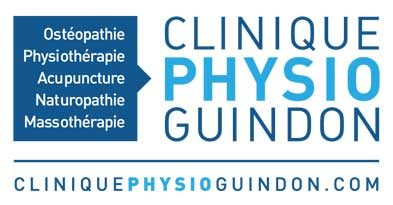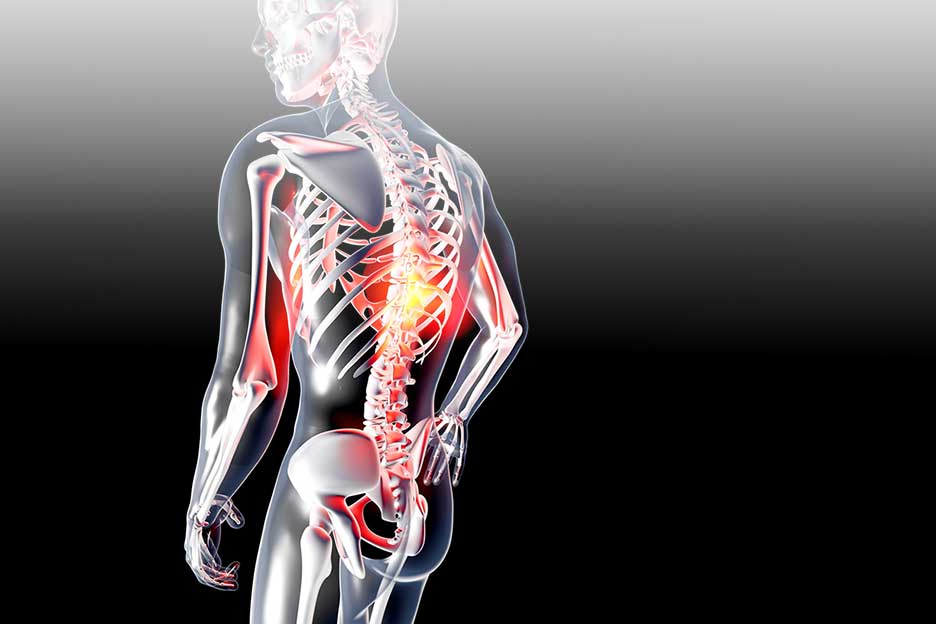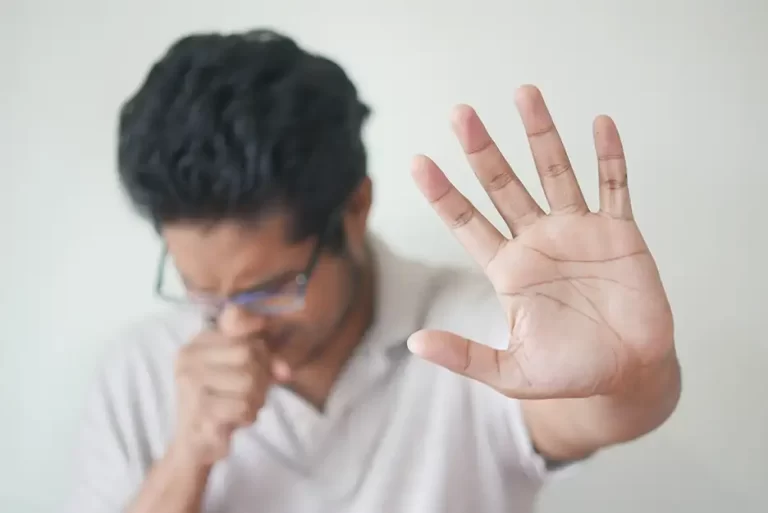How can osteoporosis be prevented?
Osteoporosis is not a disease. This is a natural process that makes bones more porous and susceptible to fracture. This process is often associated with aging, but young children and adults as young as 50 can have problems with osteoporosis.
One of the problems associated with osteoporosis is the depletion of calcium, phosphorus and other minerals in the body. There are several possible reasons for this change, but the two main reasons are: a change in diet and taking medication. Another possible cause of osteoporosis is the sedentary lifestyle of individuals as they age. The older we get, the less active we tend to be. As a result, there is less demand on the bone system, which makes it more fragile. Another factor is heredity. As far as this one is concerned, there is not much to do. Not everyone is lucky enough to have the same bone mass. It peaks between the ages of 35 and 40 and declines by an average of 1 to 2% per year. So if you’re one of the lucky ones, or one of the ones with an active lifestyle, then your bone mass is stronger than average and declines at a slower rate. Finally, post-menopausal women have a higher risk of developing osteoporosis than men of the same age. And for the latter, the consequences are more severe. There are other factors, but these are the most common.
According to Canadian statistics, 1 in 4 women and 1 in 8 men will experience osteoporosis in their lifetime. In addition, 4 out of 10 women will have a fracture between the ages of 50 and the end of their lives, partly due to osteoporosis. The most common fractures are in the hip bones, wrists and spine.
How is osteoporosis diagnosed?
There are three dimensions addressed in the diagnosis of osteoporosis: visual appearance, risk factor analysis, and bone mineral density assessment by bone densitometry. The visual appearance may give a clue to the possible presence of osteoporosis. For example, an elderly person who is stooping or shrinking in height may be a clue. Subsequently, a questionnaire identifying risk factors (age, gender, ethnicity, family history, diet, dietary deficiencies, lifestyle, sex hormones, hormonal diseases, body mass, etc.) can be administered. Then, if osteoporosis is suspected, a bone density test may be ordered. At less than 2.5 standard deviation from normal, we talk about osteoporosis. Between -2.5 and -1 we talk about osteopenia.
What is osteopenia?
It is the precursor to osteoporosis. It is a state between normal bone and osteoporosis. To have osteopenia, you must have less than 11% bone mass loss. At more than 11%, it is called osteoporosis.
In recent years, the treatment plan for people with osteoporosis has focused more on preventing fractures than on alleviating osteoporosis. In fact, many people over the age of 50 can show signs of osteoporosis without having a fracture, and others can have no signs of osteoporosis and still have a fracture. We will understand here that the main problem is at the level of the fracture. While bone density loss is a problem, the impact of a fracture on a person’s lifestyle is much more significant and the person can find themselves in a vicious cycle that will precipitate problems. A person without osteoporosis who is injured becomes sedentary. This sedentary lifestyle activates a decrease in bone density which in turn reduces the amount of calcium in the body and so on. Other consequences associated with fractures include pain, loss of independence, and reduced quality of life. Finally, between 20-25% of people with a hip fracture die within a year of the fracture. It’s a thoughtful one.
So why see your physiotherapist or osteopath?
To be active in all aspects of prevention. Through an assessment of your lifestyle, your professional can prescribe a physical activity program that will ensure that the loss of bone mass is less than in a sedentary individual. In addition, a consultation with a naturopathic doctor will help to assess the mineral intake in your diet and to see if any deficiencies need to be addressed with dietary changes or supplements.
Growing older is not a problem if we put life into our aging years, and therefore add years to our lives. If you have any questions or comments, please do not hesitate to contact us.






